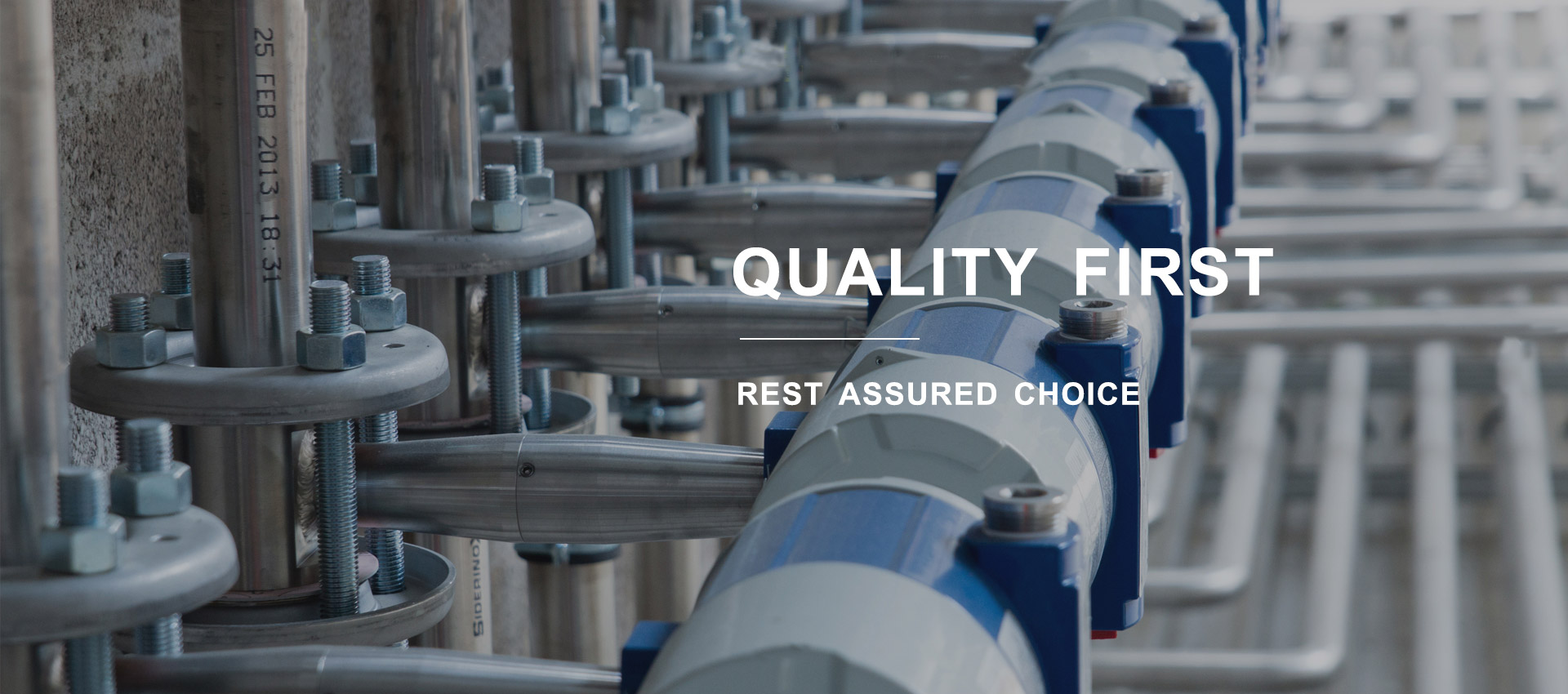dec. . 17, 2024 11:30 Back to list
clamp selection
Understanding Clamp Selection in Engineering Applications
Clamp selection is a critical aspect of engineering that significantly impacts the efficiency, safety, and effectiveness of various mechanical systems. Whether in manufacturing, automotive, aerospace, or even construction, the appropriate choice of clamps can determine the success of an operation. This article delves into the importance of clamp selection, the types of clamps available, and key considerations when making a selection.
At its core, a clamp is a device used to hold objects tightly together, ensuring stability and precision during operations. The primary function of clamps is to secure items without causing deformation or damage, thus enabling accurate assembly or machining of components. In engineering applications, the choice of clamp affects factors such as load distribution, stress concentration, and ease of use.
There are numerous types of clamps, each designed for specific applications. Some common types include C-clamps, toggle clamps, and pipe clamps. C-clamps, for instance, are widely used in woodworking and metalworking due to their versatility and strength. Toggle clamps offer quick action, making them ideal for repetitive tasks where speed is essential. Pipe clamps, on the other hand, provide secure holding of cylindrical objects, making them invaluable in plumbing and woodworking projects. Understanding the characteristics of each type of clamp is crucial for selecting the right tool for a given task.
When selecting a clamp, several key factors must be taken into account
1. Material Strength The material of the clamp should match the workload requirements. For applications under high stress, high-strength materials like steel are preferred. In contrast, lighter materials like aluminum may suffice for less demanding tasks.
clamp selection

2. Load Capacity Every clamp has a maximum load capacity that must not be exceeded. Understanding the weight and force loads expected in your application will help in choosing a clamp that can safely handle those demands.
3. Size and Fit The dimensions of the clamp should correspond to the objects being held. A clamp that is too large may not apply adequate pressure, while a clamp that is too small may not fit at all. Accurate measurements are crucial in ensuring a proper fit.
4. Ease of Use Some clamps are easier to operate than others. Consider how frequently the clamp will be used and whether quick adjustments are necessary. Quick-release mechanisms can save time and effort in fast-paced environments.
5. Application Environment The environment in which the clamp will be used plays a significant role in selection. Factors such as exposure to chemicals, high temperatures, or moisture can affect the performance and durability of a clamp.
6. Safety Considerations Finally, safety should never be overlooked. It’s essential to choose clamps that come with safety features or have ergonomic designs that minimize the risk of injury during use.
In conclusion, clamp selection is a nuanced process that requires a thoughtful assessment of various factors, including material strength, load capacity, and specific application needs. By understanding the different types of clamps available and recognizing the essential criteria for selection, engineers and technicians can optimize their operations, ensuring both efficacy and safety. As technology and materials continue to evolve, staying informed about clamp innovations will also be crucial for making informed selections that align with advancing industry standards. Proper clamp selection ultimately leads to improved workflow, increased productivity, and enhanced safety in any engineering task.


